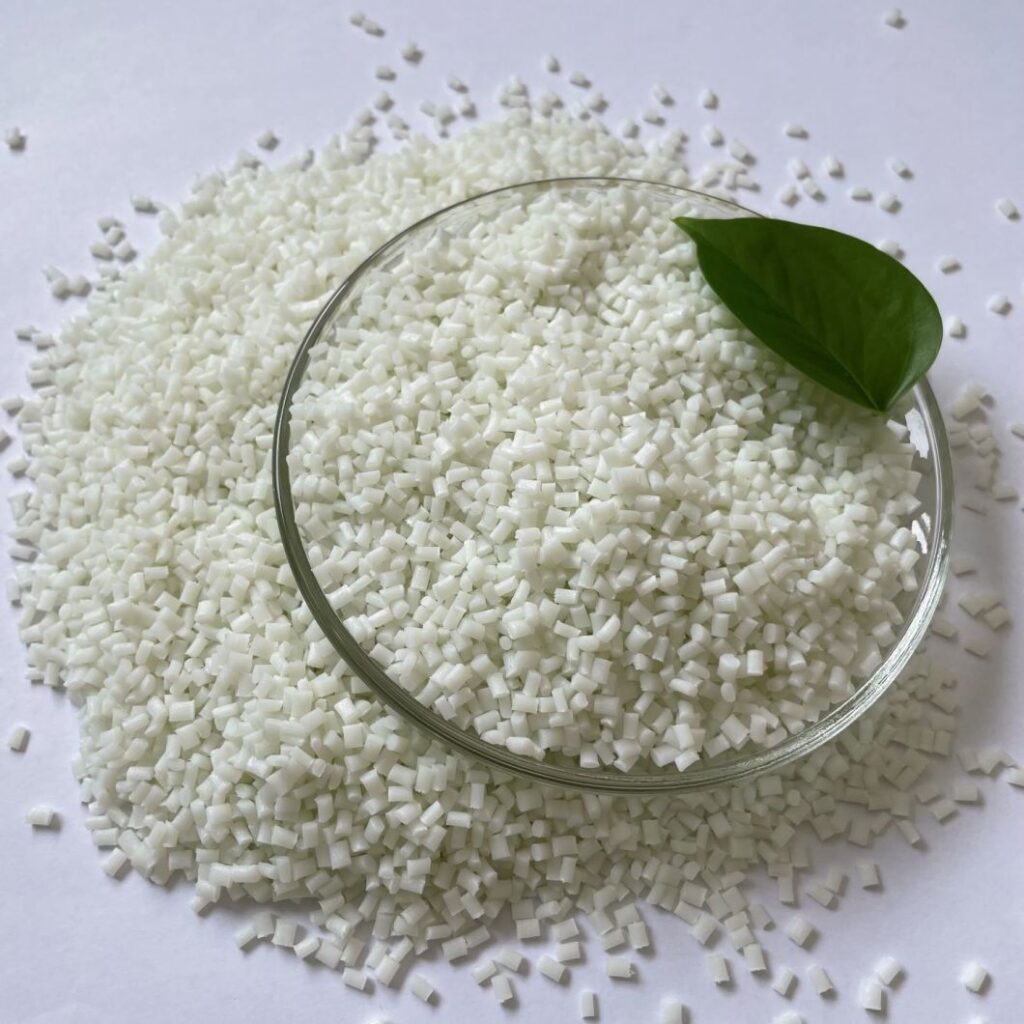Different PA Material for Different Needs
PA material comes in various subtypes, with PA 6, PA 66, and PA 12 being the most common. These, along with ABS and PP plastics, are some of the most widely used. You’ll find them in everything from cars and machines to building components, solar panels, and electrical equipment.
Replacing Metal with Tough Plastic
Because PA materials are so strong and stable, they’re increasingly replacing metal parts in vehicles. This includes things like light housings, fuel tanks and lines, pedals, and even bumpers. They’re also used to make structural components and reinforcement profiles.
Perfect for Demanding Environments
PA material’s excellent resistance to heat and oil makes it a great choice for harsh conditions, like under the hood of a car. It can even handle short bursts of temperatures exceeding 260°C (500°F), making it ideal for power tool housings.
Easy to Work With and Adaptable
Another advantage of PA material is its ease of processing. Its properties can be customized to fit specific project requirements, making it perfect for creating unique extruded plastic shapes.
Additional Benefits of PA Materials:
- Low Friction:PA exhibits low friction coefficients, reducing wear and tear on parts and improving efficiency in applications like bearings and gears.
- Dimensional Stability:PA maintains its shape well under various conditions, minimizing warping or shrinkage and ensuring reliable performance in precision parts.
- Good Electrical Insulation:Certain PA types offer good electrical insulation properties, making them suitable for applications requiring electrical isolation and component protection.

